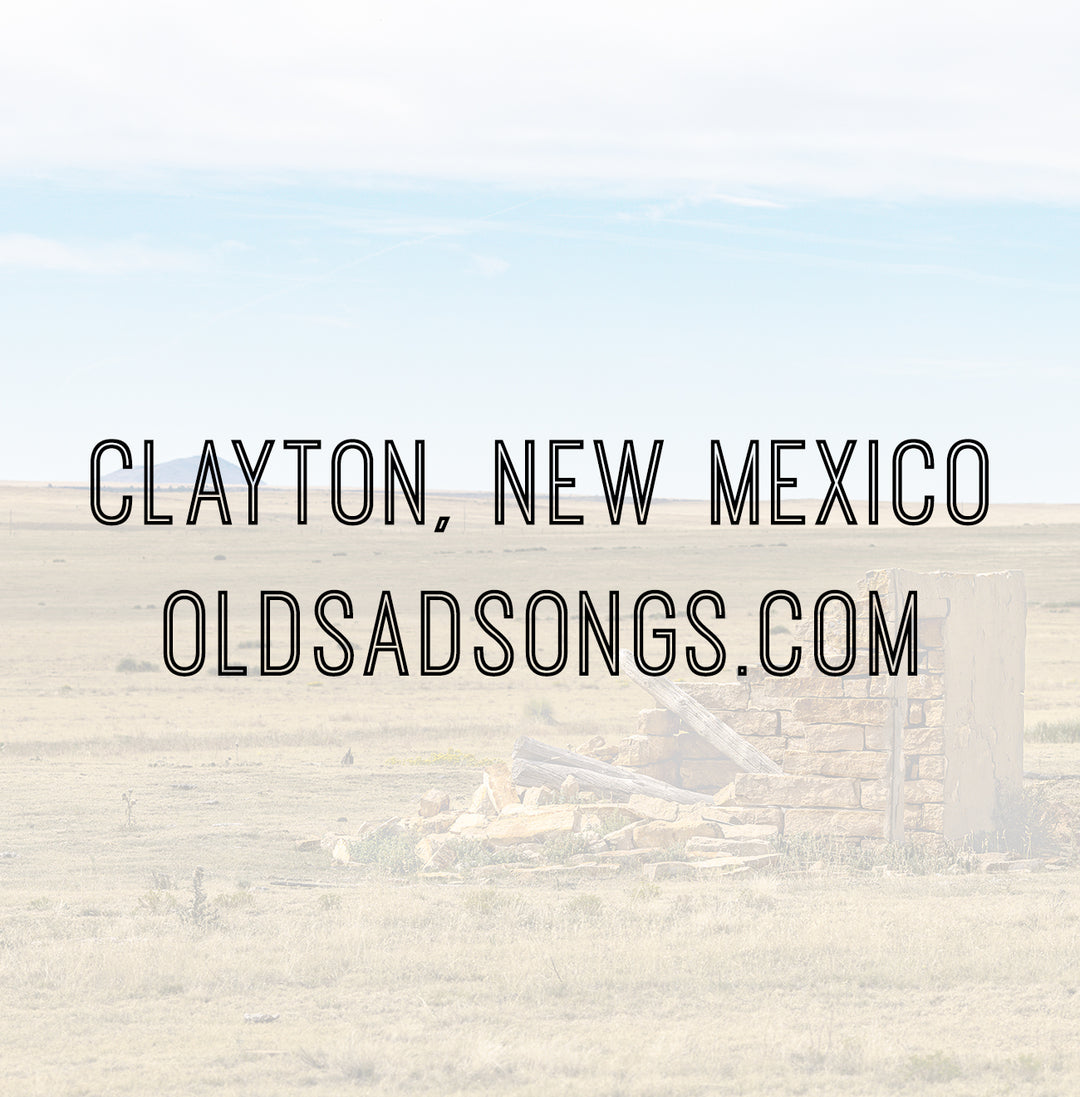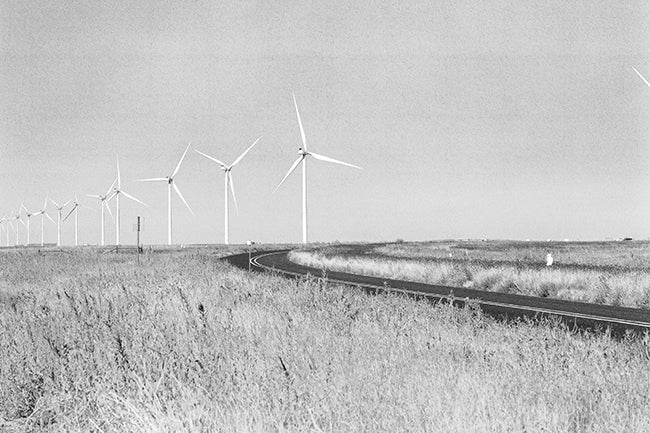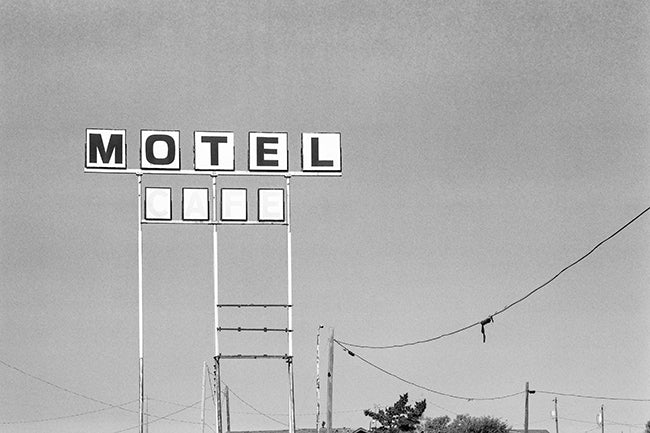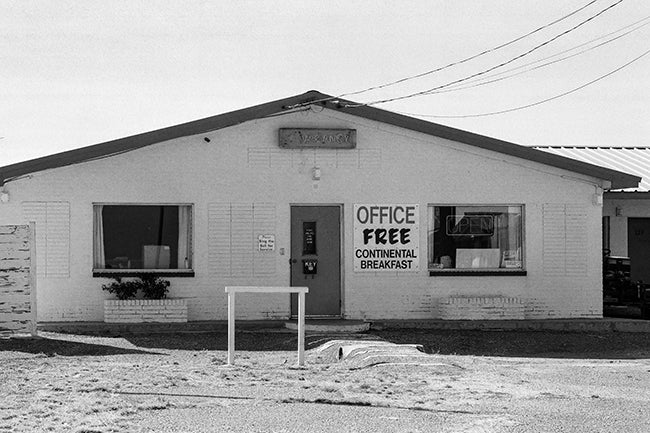Kimball County, Nebraska
HISTORY
Welcome to Kimball County, Nebraska
The High Point Of Nebraska!
In the southwest corner of the Nebraska Panhandle, Kimball County, Nebraska, was created in 1888 by an election and named in honor of Thomas Lord Kimball, an executive with the Union Pacific Railroad.
The county's terrain generally consists of rolling hills that slope to the east. While the arrival railroad in the 1860s ushered in early settlers, the Kincaid Act of 1904 lured in even more. The Kincaid Act awarded 640 acres of non-irrigatable land to homesteaders that lived on the property for a few years. However, most Kincaiders left once they realized many of the challenges that came with the property were permanent.
Since then, Kimball County has had some notoriety as the "Missile Center of the United States" and "Nebraska's Oil Capital." Today, fewer than 5,000 people live in the county's 952 square miles.
PHOTOS
Sights Around Kimball County, Nebraska
Ready to decorate your walls? Click 'Buy Now' below your favorites to see pricing and learn more.

CANON EOS R5 & CANON EF 135MM F/2L
Panorama Point Bison
The highest point in Nebraska, Panorama Point, is in Kimball County on High Point Bison Ranch. A stone marker, placed by the Kimball, Nebraska, Chamber of Commerce in 1971, notes the elevation is 5,424 feet.
Panorama Point is close to Nebraska's borders with Wyoming and Colorado, and all the roads are unpaved. If you make the trip, please don't approach any bison, and be sure to leave the suggested donation at the gate.
Have you ever visited the highest point of any state? If so, which one?

CANON EOS R5 & CANON EF 35MM F/1.4L
Nobody's Home To Answer The Phone
Around 14,000 homesteads were tempted to western Nebraska by the Kincaid Act of 1904. But unfortunately, much of the land wasn't suitable for farming, and the 640 acres granted to each homestead wasn't enough land for ranching.
Those who arrived to claim the 640 acres promised by the Kincaid Act were known as Kincaiders, and they mostly had higher hopes than any ability to live off their land long-term. So, the effects of the Kincaid Act were short-lived, and, just ten years after passage, the number of farms would begin to decline as Kincaiders sold their land to large ranches and moved away.







